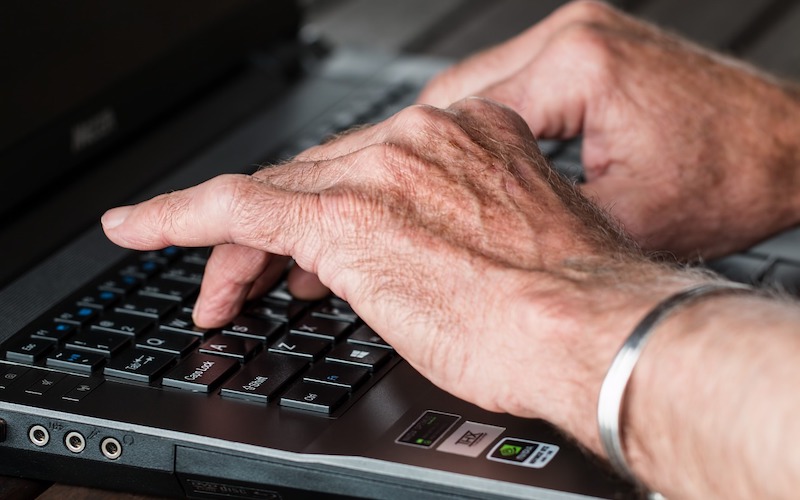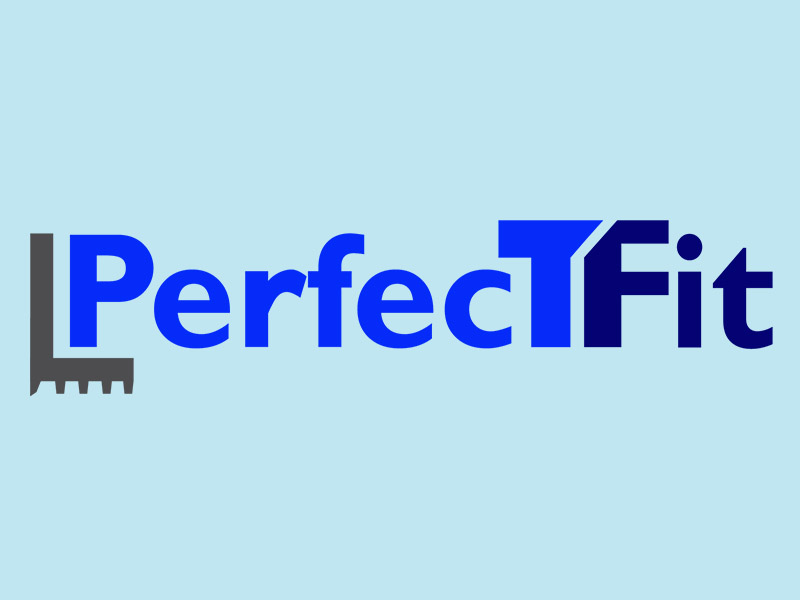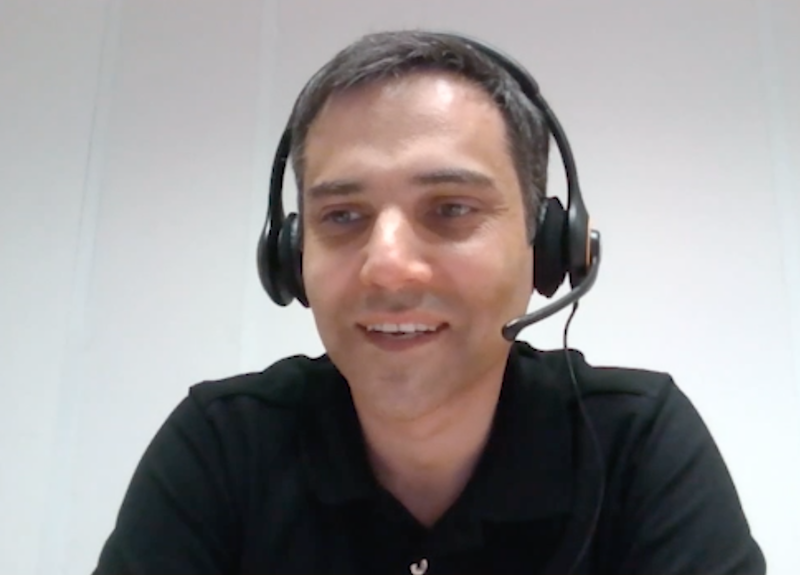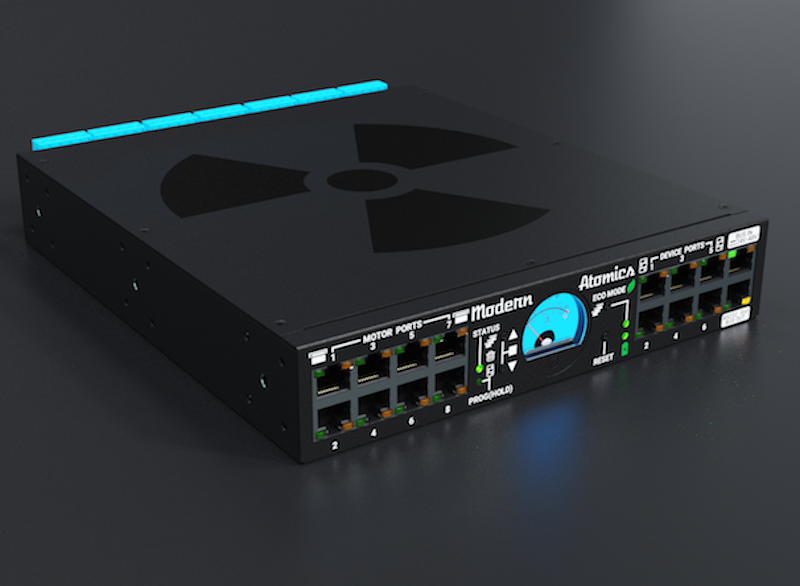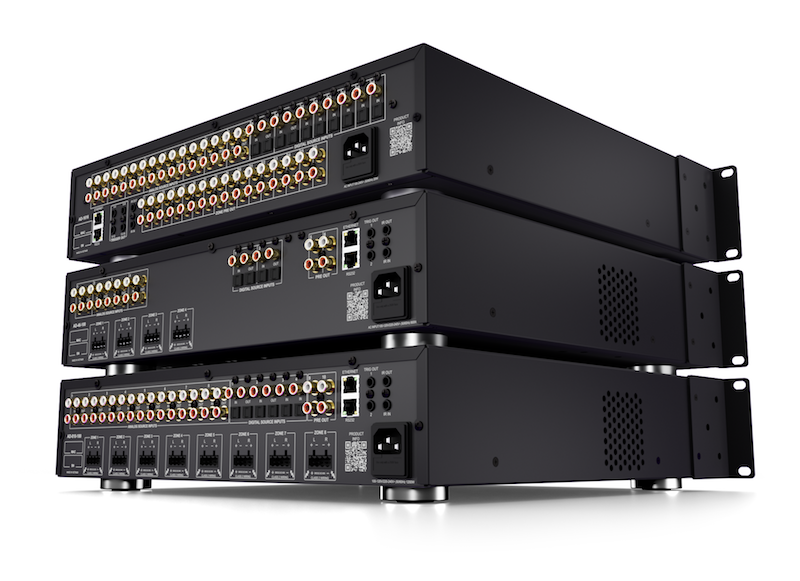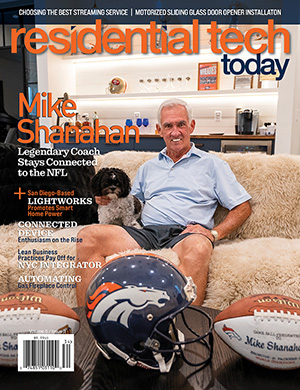As smart home technology continues to become mainstream, Generations X, Y, and Z are all recognizing the benefits this technology can offer. From asking Alexa to play a song or programming the lights to turn on when they enter a room, smart home technology can make life more convenient for users of any age.
One interesting use for smart home technology is to help our aging population live at home longer – a concept widely referred to as “aging in place.” Smart tech with remote monitoring capabilities baked in can enable elderly family members to live more independently as they age. In the U.S., approximately 29 percent of the 46 million community-dwelling elderly live alone, according to Merck Manual. The security, convenience, and peace of mind that smart home technology brings can make it easier for families to keep an eye on their loved ones and for seniors to stay secure as they spend their golden years at home.
Before purchasing a smart home setup, those hoping to use smart home tech for aging in place should consider these best practices to make informed decisions that benefit the user experience.
Choosing Products That Are Secure
Security and privacy have become top concerns as more people invite IoT devices into their homes, offices, hotels, and apartment buildings. Choosing devices that have an additional layer of security built-in becomes paramount, especially for elderly folks who might not be as tech savvy or immediately realize something is wrong with their devices or their network.
Many popular smart home technologies require certified devices to undergo a rigorous certification process before hitting the shelves. For example, all Z-Wave devices require strict and uniform adoption of Z-Wave Security 2 (S2) Framework, an industry-leading security standard for smart home systems. Families seeking to adopt this technology to enhance the lives of their family members should consider only choosing devices with additional layers of security built-in. There is usually a prominent seal or logo on the product packaging to indicate that the manufacturer has engineered additional layers of security into their products.
Setup and Product Choice
Choosing smart home products that are easy to set up and provide a wide breadth of choice makes adding smart home tech like lighting, sensors, or security simple for both seniors and their family members. Popular wireless protocols like Z-Wave were built for home automation, and with a product ecosystem of over 2600 certified devices from top brands like ADT, Alarm.com, Yale, SmartThings and others, it is easy to choose tech that will work together.
The complexity of smart home setup sometimes deters users, especially those who are less tech-inclined, from purchasing the technology, but advancements like Z-Wave SmartStart aim to solve this problem with immediate, out-of-the-box installation. SmartStart enables device recognition automatically through the gateway or a quick scan of a QR code, so setup is streamlined and not halted by the often-daunting process of adding products one by one to the network. Family members can grab several devices like smart locks to monitor activity or create unique access codes or sensors to keep an eye on important areas of the home for seniors like bathrooms, and easily get their loved one’s home set up and ready to go without a lot of time investment.
Simplify, Don’t Complicate
Make sure to choose products that work together as a system; buying lots of devices with their own apps will only serve to make the technology inconvenient and complicated to use. Having specific use-case functions will ensure the system is effective in delivering the desired outcomes. For example, having a “good night” button that sets the home lighting for the night, turns on the security system, and makes sure the doors are locked; or making sure one never comes home to a dark house ensures caregivers that their elderly family members are secure and comfortable.
Best Practices for Network Protection
Smart home technology is meant to make life easier, not more complicated, for elderly family members choosing to stay at home. But amid simplicity, it’s important to ensure that both seniors and family members setting up tech are following network security best practices. Replacing default passwords with complex single-use ones and regularly changing them is an essential way to protect a home network from cyber intrusion.
Additionally, users should try not to access the home’s network while on a public Wi-Fi connection, when traveling as data is more vulnerable on unsecured networks like airports, doctors’ offices, and hotels. Users should consider connecting to a secure network before remotely accessing their system.
Smart home devices are not one-size-fits all, and sometimes buyers will gravitate toward devices offered by big name companies rather than exploring other possibilities. It’s important to do a little bit of research to ensure that the technology chosen to outfit a home is capable of adapting to the changing needs of elders living independently. With the freedom to outfit their home without brand limitations, elders can enjoy the benefits of a home tailored to fit their lifestyle.




